If you wish to decorate your home unusual and at the same time an unpretentious plant, look at the flower of indoor or Sedum. It is a succulent and actively accumulates moisture in the leaves, which allows him to survive in a period of long drought. Most of the species of clerk pleases with gentle bloom, some of them can even be grown as an ampel plant. About how to care for this effective plant, we will talk further.
Indoor Card, Description
Succulent Clamp (Sedum) - a bright representative of the Tolstanka family. Its name "Seduum" flower received due to its features "sit" on any stony surfaces.
In the natural habitat growing sedum is found in North America and the temperate zones of Europe, at least in Asia. The plant prefers mountain slopes, meadows.
For home cultivation of the 600 species are used only a few succulents that do not require painstaking care. They have to rarely watered and fed, to maintain the air temperature at the proper level.
Stonecrop different beautiful flowering bush bloomed but to have to put a lot of effort: in winter sedum should be in a cool place in the summer - in a very warm and well-lit area.
Sedum than outer beauty, has healing properties. Its leaves and juice are used to cure deep wounds and burns.
Description stonecrop room:
- It is a perennial, rarely half-shrub.
- Foliage whole, rather fleshy, the leaves are sitting alternately.
- The flowers are shaped like stars, clustered into small florets in the form of an umbrella or a brush.
- With proper creation of an environment of growing flowering occurs in autumn and summer.
- Stonecrop propagated by seeds and vegetatively.
Types of indoor stonecrops
- Stonecrop Adolf - comely branched shrub. Leaves scaphoid shape sit on curved stems to 1 cm thick foliage platinum length 4cm, width -. To 15 mm. At first, the leaves of pale green color, but over time it becomes a shimmering yellow-pink tide. Flowers are white, gathered in hemispherical inflorescences.
- Sedum Weinberg - chic ampelnye succulent. Stems prostrate, their tips of her bed looking up. Fleshy leaves with a waxy coating disposed alternately. Color pink leafy green wafers with delicate bluish tint. Flowers are small, corymbiform form inflorescence.
- Gregg Stonecrop or sedum heterophyllous - exquisite native of Mexico. Stems slender, branched, actively stele. On young shoots formed small ovate leaves are gray-green color. Adults shoots convex cover of green leaves 12 cm in length. Flowering occurs in late winter. Color yellow flowers, they are grouped into 4 pieces in a bun.
- Siebold stonecrop - long Japanese succulent. His izgibistye shoots reach 30 cm, with beautiful hanging down. The leaves are rounded, the main color is green, but the edge has a reddish edge. Blooming continues through the autumn. Flowers small, pale pink.
- Seduum Compact - bright succulent from Mexico. Gray-green leaves have an egg-shaped slightly elongated form, tiled. Blossom falls on the first half of summer. Flowers fragrant, gently white color, no more than three flowers bloom on one blossom.
- Clamp reddish - low-growing succulent with fluttering stalks. The foliage of the round shape, a rich-green color, with time the color acquires a red shade. Flowers are grouped into the upper sockets, their color is dark red.
- Sedum Linear - ampel succulent, which is often found in China and Japan. Listers are small, grouped into a flock of 3-4 pieces. The shape of the sheet cloth is linear, color light green. Blossom occurs in the summer. Yellow flowers are collected in umbrella inflorescences.
- Sedume Morgan - Mexican Perennial, whose stalks in favorable conditions reach 1 meter in length. Oval leaves densely cover shoots. The form is cultivated as an ampel plant. With proper care, richly blooms with pink-red flowers collected into cozy umbrella inflorescences.
- Clear Potozinsky - the species is distinguished by strong escapes, which at young age are actively entering, but then they begin to get climb. The foliage is remembered by rounded green-white leaves with a pinkish top. Flowers with milk white flowers.
- Seduum Steel is a major perennial, which in a natural environment reaches 20 m in height. In the apartment conditions, the succulent has a more modest sizes, has a reprehensive stalk, the thickness of the red-brown leaves. Flowers yellow flowers assembled in buggy inflorescences. Flowers in August-October.
- Seduum Warring - Differs with egg-shaped leaves, on the edge of which vault is glad. The muffled green is gradually replaced by pale-red. Single flowers, gentle yellow. Blossom occurs from April to June.
- Seduum Tolstolent - the leaves of this Mexican handsome are distinguished by a male-shaped form, gray-nasy color, which is closer to the top becomes red. In April, the bush is covered with greenish-yellow umbrellas.
- Seduum Telisis is a representative of North American Flora. A bush consists of semi-respess dark brown shoots, which are decorated with green leaves with glitter. This succulent blooms in spring-summer, semi-shaped inflorescences are formed from yellow color flower.
Credit room care
Indoor plants cleans do not need complex care. However, in order for the plant to bloom, it is necessary to maintain the temperature mode, from time to time to fertilize and strictly adhere to the irrigation schedule.
Indoor clearance suitable conditions
- Lighting. Claws - Sun-Sulad Sukkulente, so it is better to post it on the windows of southern orientation. In winter, it is recommended to resort to the help of phytolamps, as a surcharge should be provided with abundance of light year-round.
- Humidity. There are no special requirements for this parameter. Clamp can well withstand both overly dry and wet air.
- Temperature. In the summer, it feels comfortably at temperatures from +25 to + 28 ° C, in the winter the temperature must be reduced to + 15 ° C. The plant in the hot season needs frequent air ventilation. Summer is allowed to disemboditate to the garden for landscaping Alpine slides or rocaries.
Watering and fertilizer room
Indoor cleaning needs an infrequent watering. In the summer, the succulent is watered twice a week, in winter - no more than two times a month. It follows to the degree of soil graze: if an earthen one is 1-2 cm, it's time to water. The moisture deficit can lead to a minor feeding of foliage, overvoltage - to reinforce the root.
Coid ferture rarely. Optimal is considered to introduce fertilizers in spring or summer. For feeding, any fertilizers for cacti and succulents are suitable. For feeding, it is better to use the dosage twice as smaller than the packaging.
Indoor Coid, Transplant
- Young crap every two years. When the plant matures, the transplant is carried out once every 3-4 years. Cancer transplant tolerates very well.
- For this, the succulent is desirable to choose shallow, but quite wide containers. The fact is that the score has surface accommodation, so the depth of the pot has no importance, the main thing is that the roots have the opportunity to grow styling.
- Important moment - drainage and holes for water drain. At the bottom of the pot, it is necessary to lay pebbles to completely eliminate moisture stagnation, which quickly leads to the death of the succulent.
- For landing, the point is used soil for succulents or cacti. In its composition, charcoal must be present.
- During the landing, it is necessary to observe accuracy, since the leaves of the clearing are very easily damaged and fall.
Publication reproduction room
Coid cleansing the traditional seed method, as well as vegetatively. The second option is simpler and efficient.
Reproduction of a room of indoor cuttings
- For the drawing, both leafs and fragments of the stem is suitable.
- The rooting is carried out immediately after cutting material for shilling.
- The cuttings are planted in loose soil, for example, in a mixture of sand, leaf and turf (1: 2: 4).
- The landing is carried out into a wide wrestling, the shelter does not construct.
- Rooting occurs within a month.
- After 20 days after the appearance of the roots, you can transplant cuttings into separate containers.
Seed reproduction of indoor clearance
- Sowing seeds spend in spring and autumn.
- Drainage and a mixture for succulents are embroidered in the pot, seeds seed.
- To accelerate germination, seeds are placed in greenhouse conditions.
- After the formation of the third full-fledged sheet plate, seedlings are dive.
- Watering throughout the entire time spend meager, the spray gun is always used.
- Blooms the crafts, grown from seeds, on the third year.
Indoor, disease and pests
In the process of growing a room, the following problems may occur:
- Adjusting stalk - all wines insufficient lighting or mechanical damage to the leaf. It is necessary to monitor the level of lighting, and in winter it is to use daylight lamps.
- Rhizer rotation - The cause of the problem is to excess moisture. It is necessary to adjust watering or carry out the shower. It is advisable to process with antifungal mortar.
- Dry leaves - If the succulent is long enough of the moisture, its foliage is wrinkled and falls. It is possible to solve the problem by establishing a rational irrigation.
- Root worm - pests appear as a result of improper care or infection from other plants. Without treatment, the succulent quickly dies. Conduct to process any insecticide.

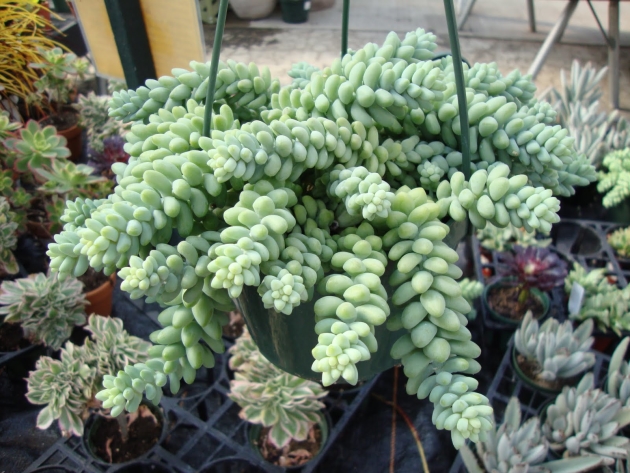
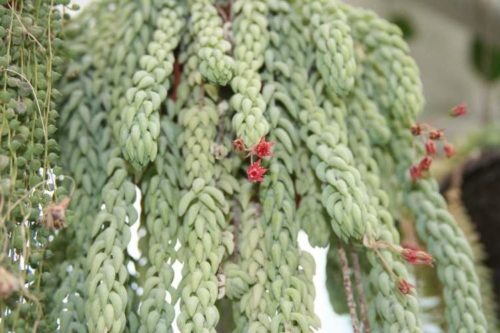

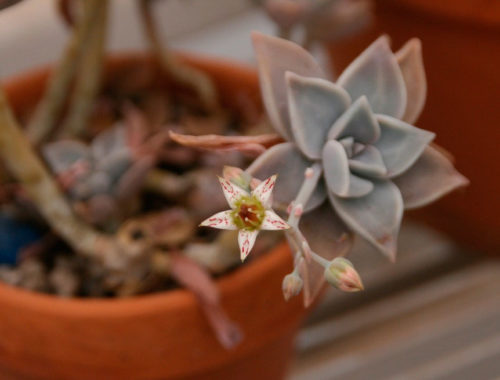
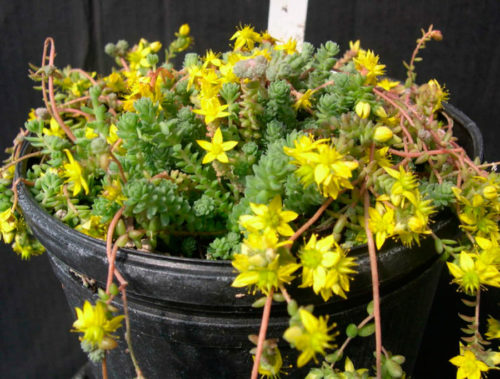
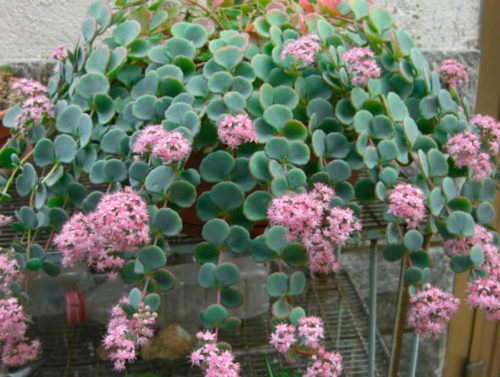


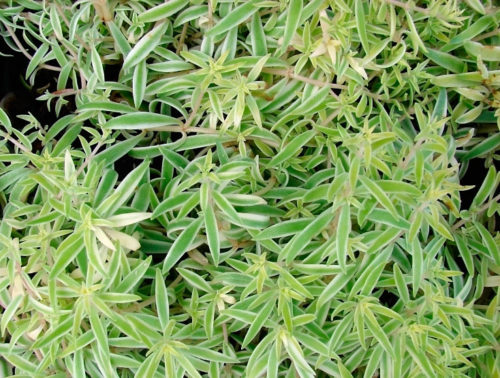
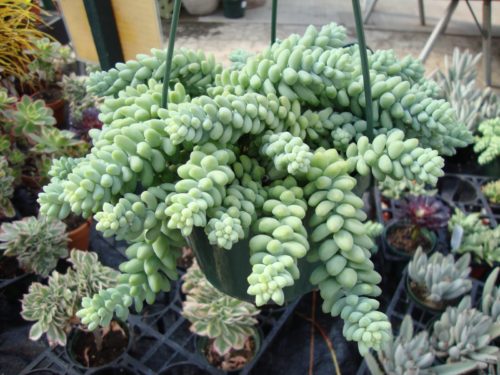
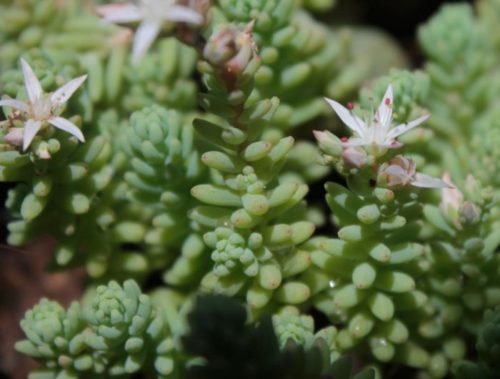


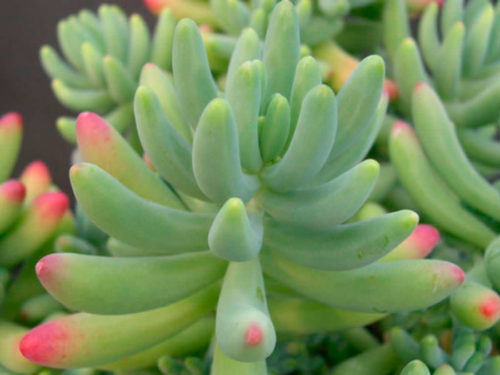

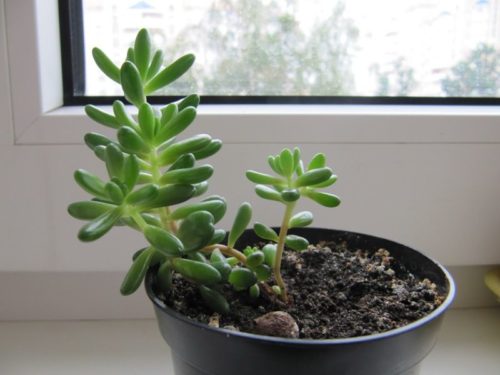

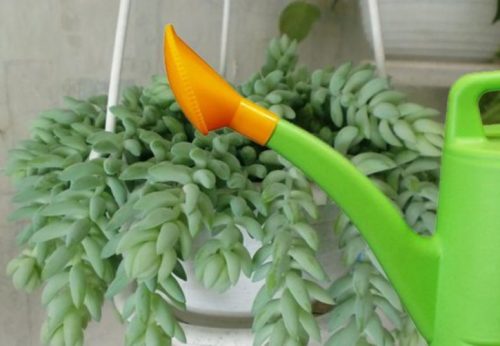
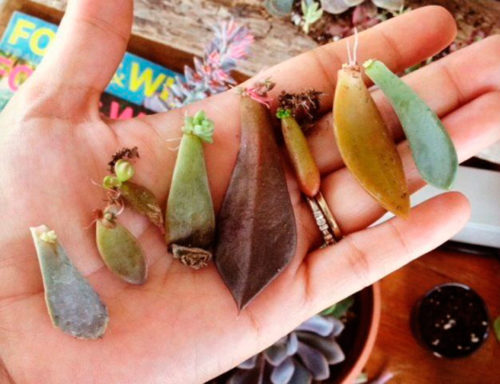
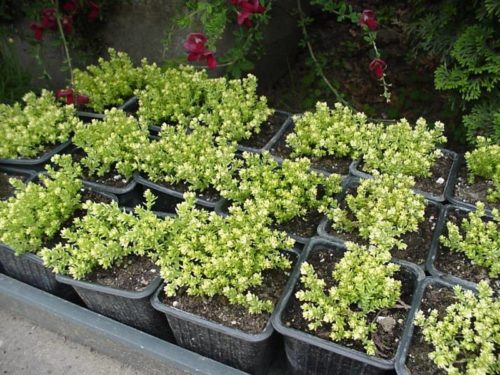
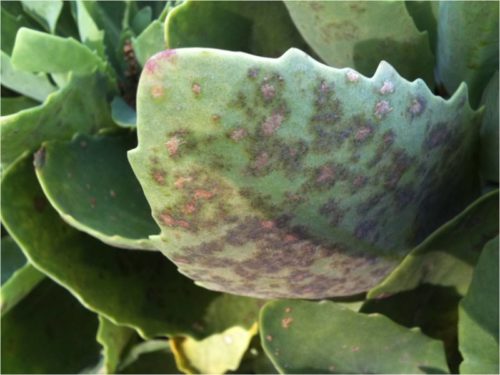
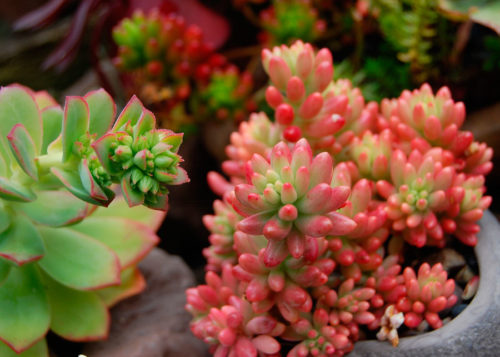

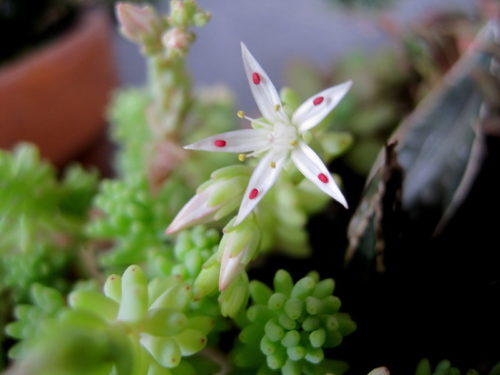












 Start a discussion ...
Start a discussion ...